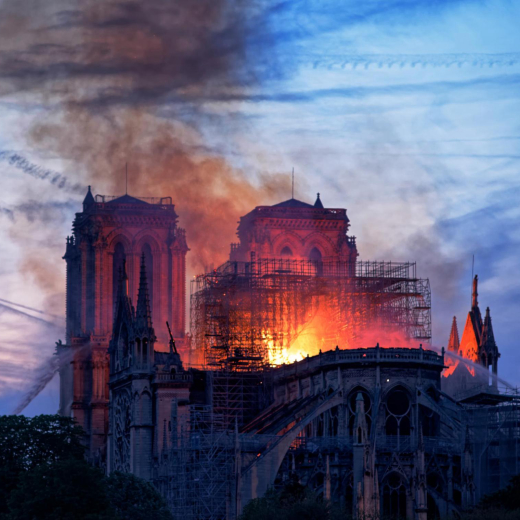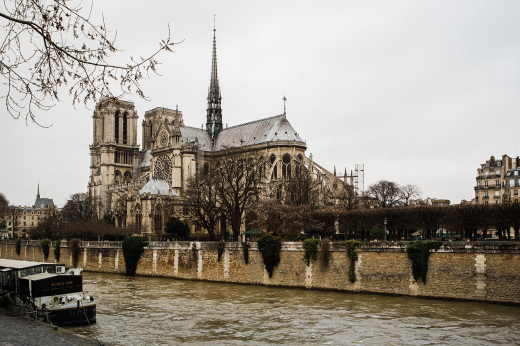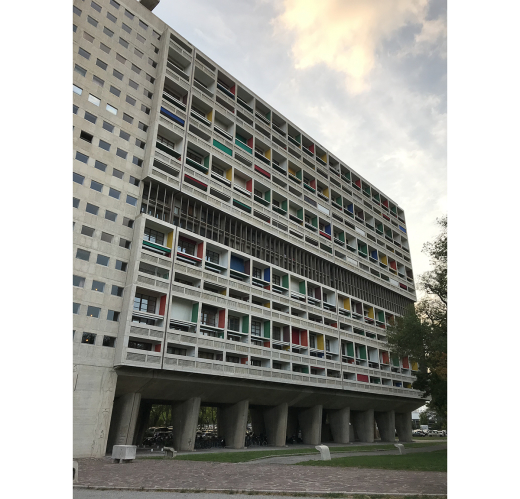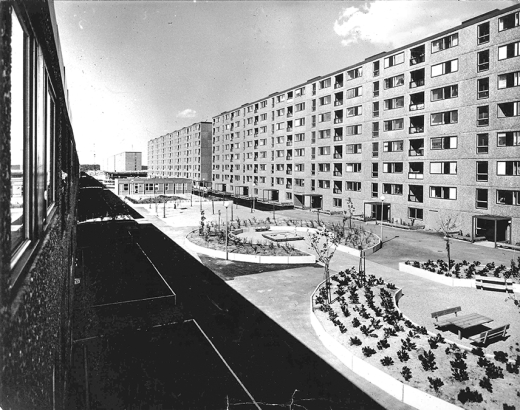PRESERVATION IS NOT JUST LOCAL
by Theodore Prudon
Preservation of modern architecture is not just a local but a global concern. Docomomo US, with its regional chapters, is the national organization that is in turn, one of the more than 75 worldwide chapters of Docomomo International. In the past few months, we have been reminded, in several instances, how that global dimension is relevant to us.






